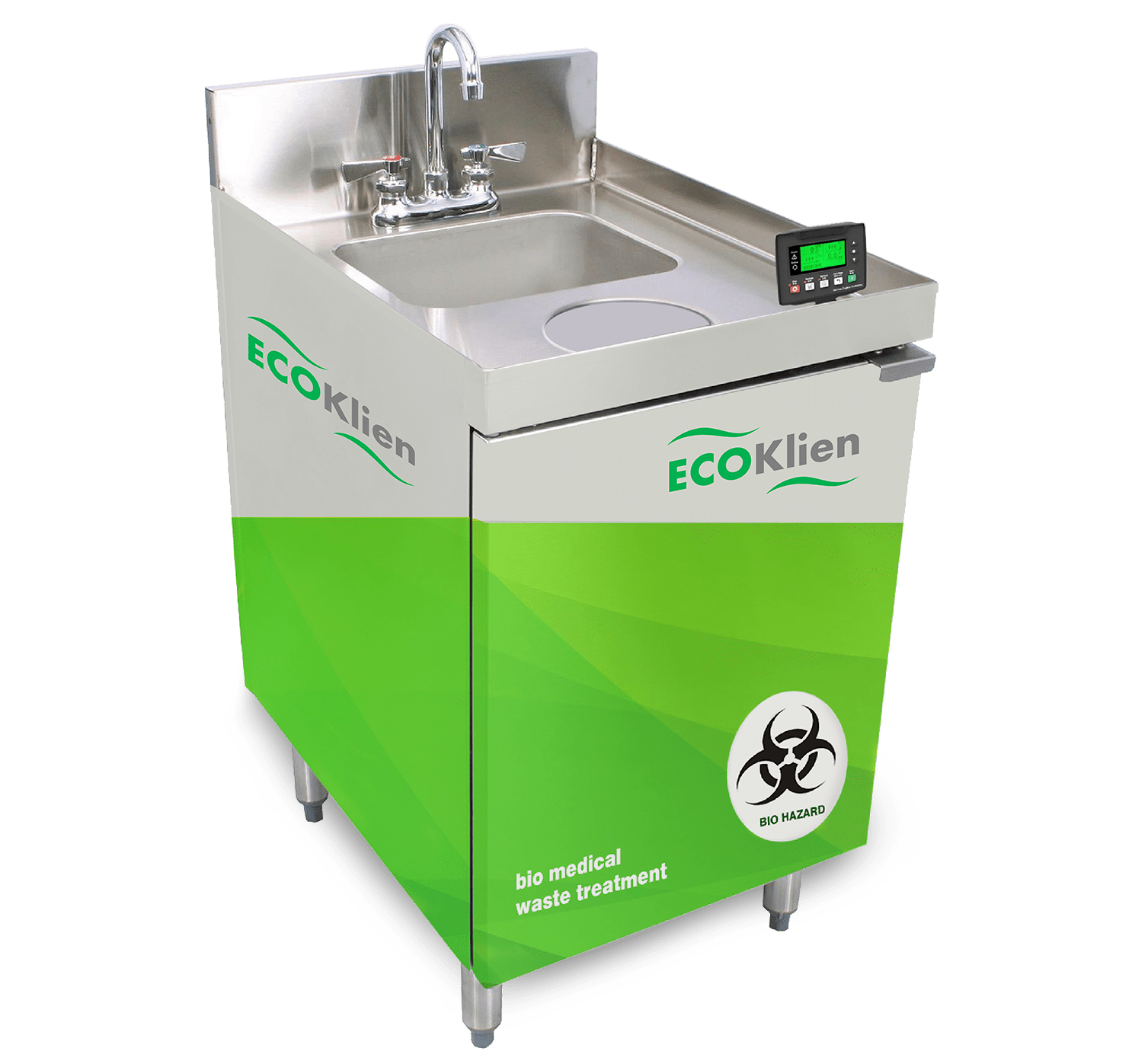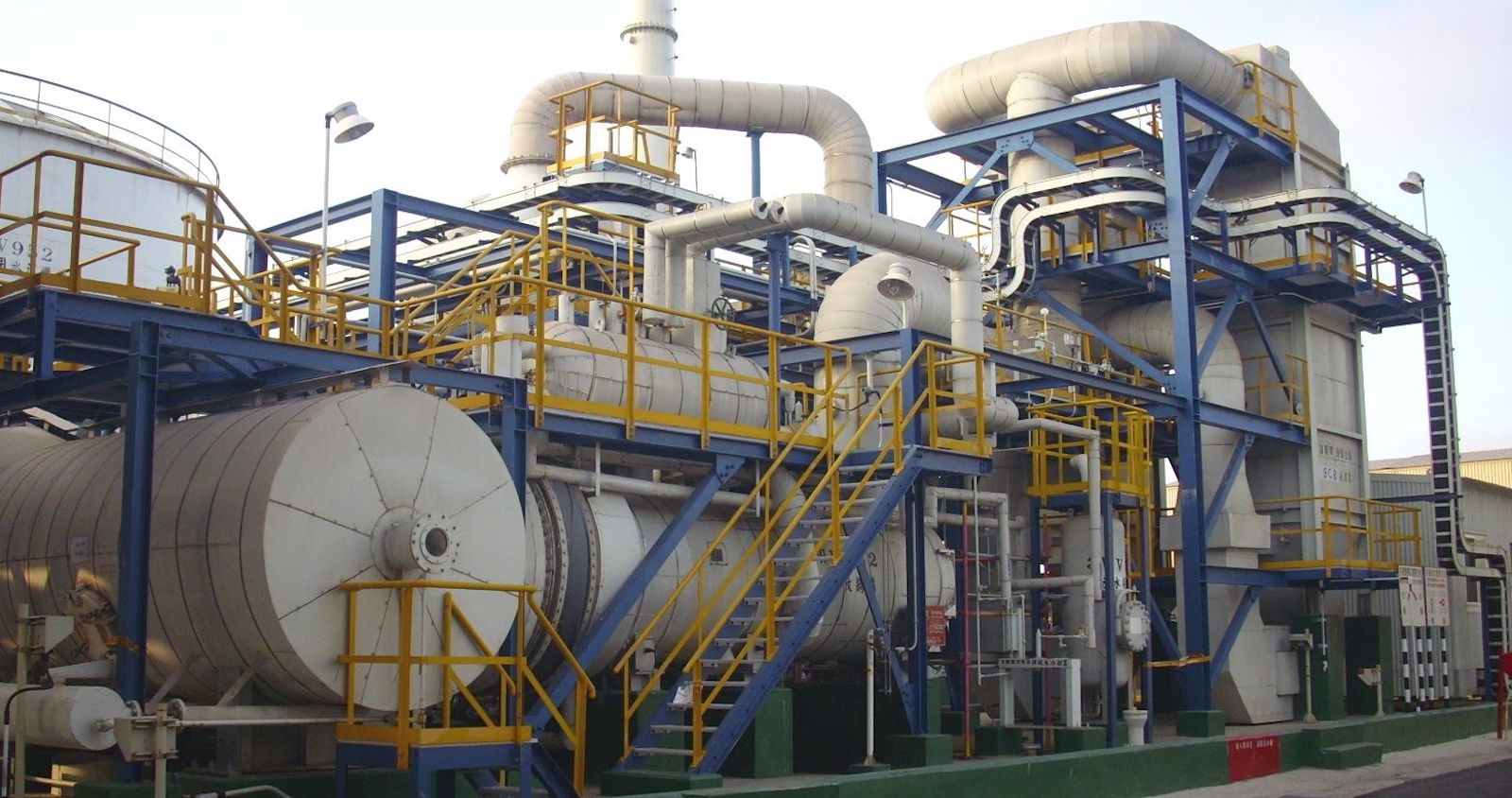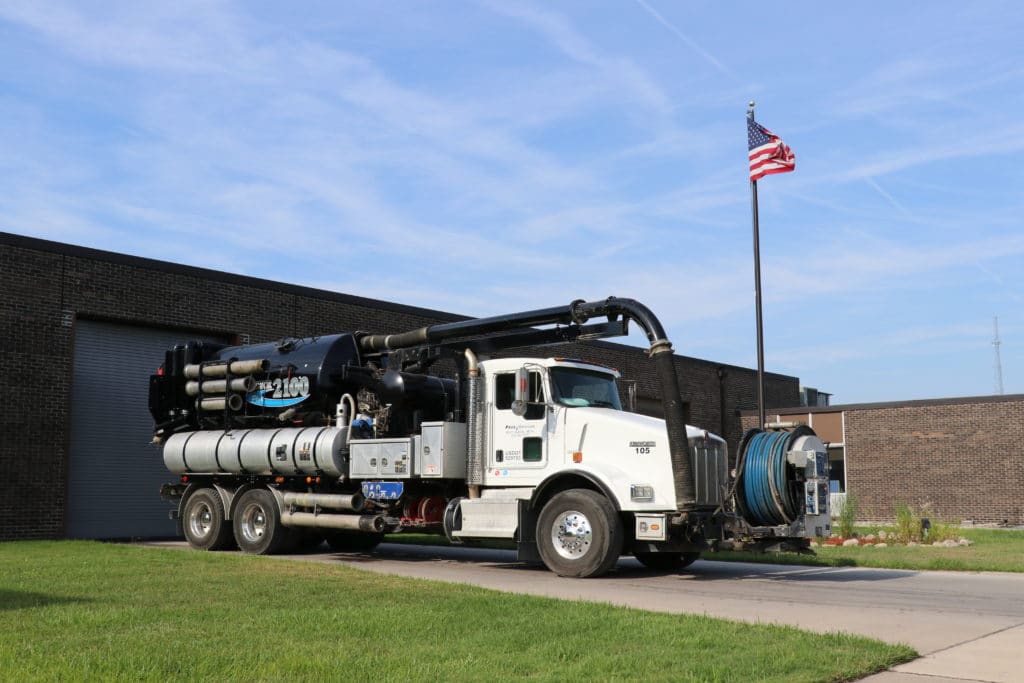Specialist Liquid Waste Removal Melbourne: Maintaining Your Setting Tidy
Specialist Liquid Waste Removal Melbourne: Maintaining Your Setting Tidy
Blog Article
Exactly How Fluid Waste Disposal Works: A Comprehensive Summary of Strategies and Technologies Utilized

Review of Liquid Waste Types
The intricacy of liquid waste types necessitates a complete understanding of their qualities and implications for disposal. Liquid waste can extensively be classified right into numerous types, consisting of commercial, metropolitan, farming, and harmful waste. Each group shows distinctive properties, calling for specific administration techniques to reduce environmental and health dangers.
Industrial liquid waste stems from making procedures and often includes a range of impurities, such as hefty metals, solvents, and natural substances. Municipal fluid waste, mainly making up wastewater from homes and industrial establishments, consists of natural matter, nutrients, and virus (industrial wastewater treatment). Agricultural fluid waste, including drainage from farms, might include fertilizers, chemicals, and pet waste, positioning risks to water quality and ecosystems
Hazardous fluid waste is identified by its poisoning, reactivity, or possible to create injury. Comprehending these varied fluid waste types is vital for developing reliable disposal methods and guaranteeing conformity with ecological policies.
Physical Therapy Methods

Screening is the preliminary action, where larger bits and debris are eliminated from the liquid waste utilizing displays or grates. In sedimentation containers, larger bits resolve at the base, forming a sludge layer, while the made clear fluid can be further dealt with.
Purification is an additional vital method that includes passing the fluid through porous products, such as sand or membrane layers, to catch smaller sized fragments. This step improves the top quality of the liquid, making it appropriate for succeeding therapy processes.

Chemical Treatment Strategies
Chemical therapy methods are necessary for properly taking care of liquid waste, particularly in attending to liquified and colloidal contaminants that physical approaches might not appropriately eliminate. These techniques use various chemical representatives to counteract, speed up, or transform harmful substances into less damaging kinds.
One common technique is coagulation and flocculation, where chemicals such as alum or ferric chloride are added to promote the aggregation of suspended fragments. This process boosts sedimentation, permitting less complicated elimination of the resulting sludge. Additionally, oxidation procedures, utilizing representatives like chlorine or ozone, are used to damage down complicated natural compounds and microorganisms, rendering the waste much safer for discharge or additional treatment.
Neutralization is one more essential strategy, which readjusts the pH of acidic or alkaline waste look at this website streams to neutral levels, protecting against prospective harm to downstream systems and the setting. In addition, progressed oxidation procedures (AOPs) make use of combinations of oxidants and ultraviolet light to break down persistent contaminants, achieving a greater level of therapy efficiency.
Biological Therapy Procedures
Biological treatment processes play a critical duty in the management of fluid waste by using microorganisms to decay natural matter and minimize contaminant levels. These procedures can be extensively classified right into anaerobic and aerobic treatments, each utilizing specific microbial neighborhoods to accomplish efficient waste degradation.
Cardio therapy entails making use of oxygen to assist in the failure of natural materials by bacteria. This procedure is generally carried out in turned on sludge systems, where oygenation storage tanks supply a helpful setting for microbial development, bring about the oxidation of organic contaminants. The resultant biomass can be divided from dealt with effluent via sedimentation.
In contrast, anaerobic treatment occurs in the absence of oxygen, counting on various germs to damage down raw material. This method is particularly advantageous for high-strength waste, as it creates biogas, an eco-friendly energy resource, while reducing sludge production. Technologies such as anaerobic digesters are regularly utilized in local and industrial applications.
Both anaerobic and cardio organic treatments not just minimize the environmental influence of liquid waste however additionally facilitate resource recuperation, making them necessary parts of sustainable waste administration techniques. Their efficiency, performance, and flexibility sustain their prevalent implementation across numerous industries.
Emerging Technologies in Disposal
Ingenious approaches to fluid waste disposal are quickly progressing, driven by improvements in technology and an increasing focus on sustainability. Amongst these arising modern technologies, membrane layer bioreactors (MBRs) have gotten grip for their ability to incorporate organic treatment with membrane layer filtration, causing top notch effluent that can be reused in different applications. MBRs make it possible for smaller sized impacts and much more efficient procedures compared to conventional systems.
One more promising advancement is using anaerobic digestion incorporated with nutrient healing innovations, which not more info here just treats fluid waste however likewise produces biogas and recoups beneficial nutrients like nitrogen and phosphorus. This double benefit boosts resource effectiveness and minimizes environmental effect.
In addition, advanced oxidation procedures (AOPs) are being taken on for the destruction of complicated organic contaminants. These methods make use of effective oxidants and stimulants to damage down contaminants at the molecular degree, supplying a highly efficient solution for tough waste streams.
Additionally, the integration of man-made intelligence and maker knowing in waste management systems is optimizing functional effectiveness and anticipating upkeep, bring about minimized expenses and improved environmental compliance. These technologies read the article reflect a significant change towards more sustainable and reliable liquid waste disposal methods.
Final Thought
In final thought, effective fluid waste disposal requires a comprehensive understanding of different methods and innovations. By constantly progressing these techniques, it comes to be feasible to resolve the growing difficulties linked with fluid waste, ultimately contributing to ecological security and source recovery.
Liquid waste disposal is a crucial facet of environmental monitoring, needing a comprehensive understanding of numerous methods and technologies customized to different waste types. Fluid waste can generally be classified right into numerous kinds, including industrial, community, farming, and hazardous waste. Agricultural liquid waste, including overflow from ranches, might have fertilizers, chemicals, and animal waste, presenting threats to water top quality and ecological communities.
Various physical therapy methods play a critical duty in managing liquid waste successfully - industrial wastewater treatment.In final thought, efficient liquid waste disposal necessitates a thorough understanding of numerous techniques and technologies
Report this page